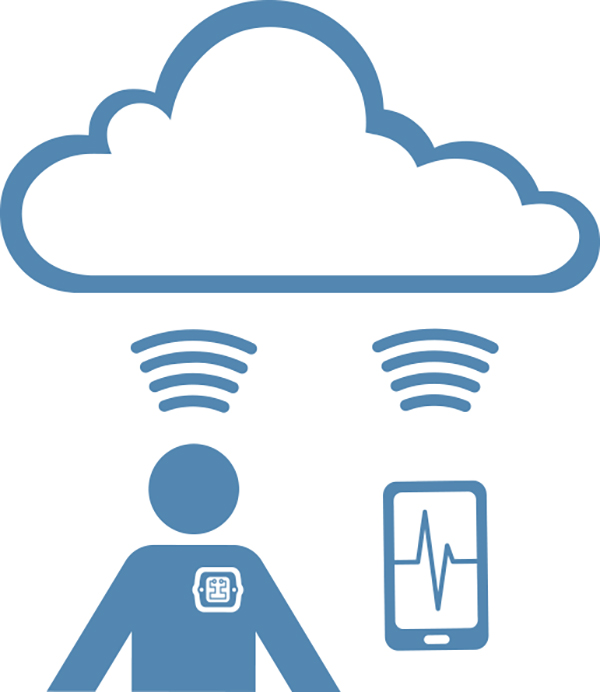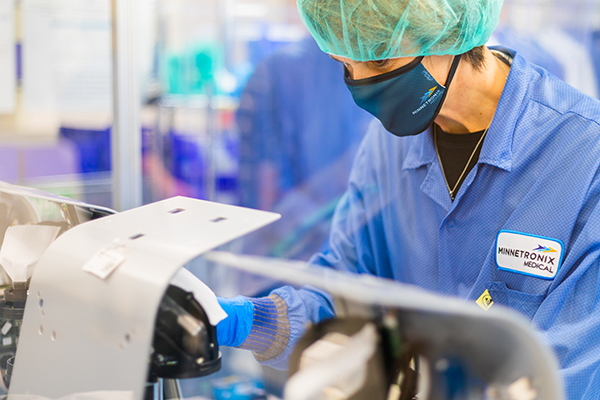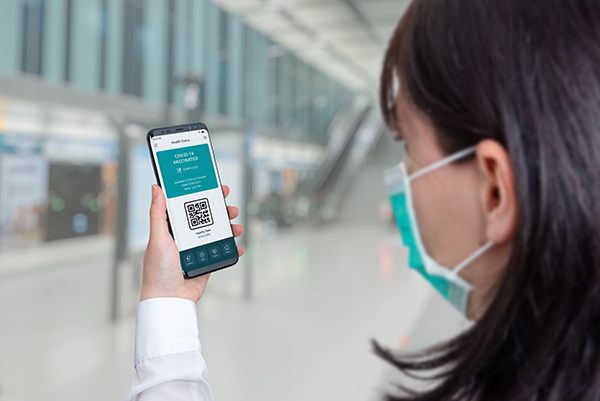

How can AI become a beneficial medical device manufacturing technology? This article reviews some examples of how it excels.

How can AI become a beneficial medical device manufacturing technology? This article reviews some examples of how it excels.

The pandemic forced patients and providers to rely on telemedicine, a change that has had a significant impact on the course of care. Experts discuss what can be accomplished with virtual care and what this means for the potential of medical devices.

On the journey to full-scale production for medical devices incorporating optics, a series of steps early in the process can make all the difference for successfully launching new products and introducing next-generation upgrades. This article discusses four considerations for a successful product launch.

You’d think there’s not much to the concept of an alarm. A warning sounds in a room, or a red light flashes, and it has your attention. You know something must be wrong. But in a setting where a cacophony of alarming lights and sounds beset healthcare workers on a regular basis, these essential systems become increasingly easy to miss or ignore.

Patient-administered healthcare is one of the fastest-growing segments in the medtech industry. When the patient becomes the operator, usability requirements are vastly different than those of trained clinicians, which elevates considerations in the design process.

With the ever-increasing adoption of connected devices, the agency is emphasizing the need for effective cybersecurity.

Blockchain technology helps support the goal of decentralizing the healthcare sector and providing patients with the information they deserve about their own healthcare data.

Experts will explore how digital technologies have opened up new opportunities for patients, providers and medtech manufacturers.

The combination of medtech progress with strides in modern healthcare interoperability will enable preventive care in unprecedented ways.

New changes mean new challenges, but global harmonization could make things easier for device manufacturers in the long run.